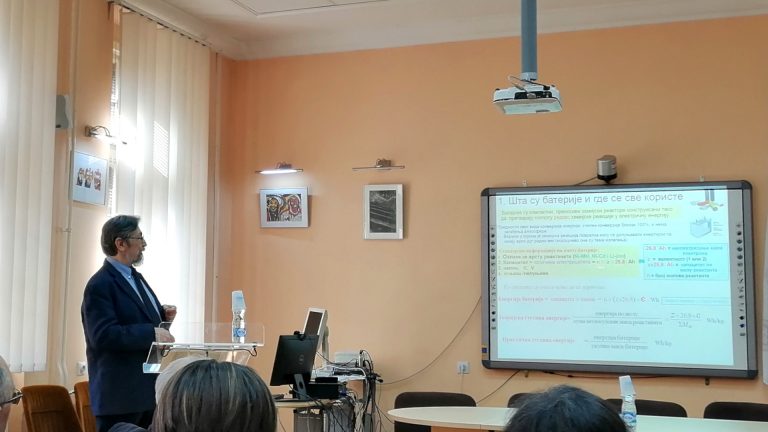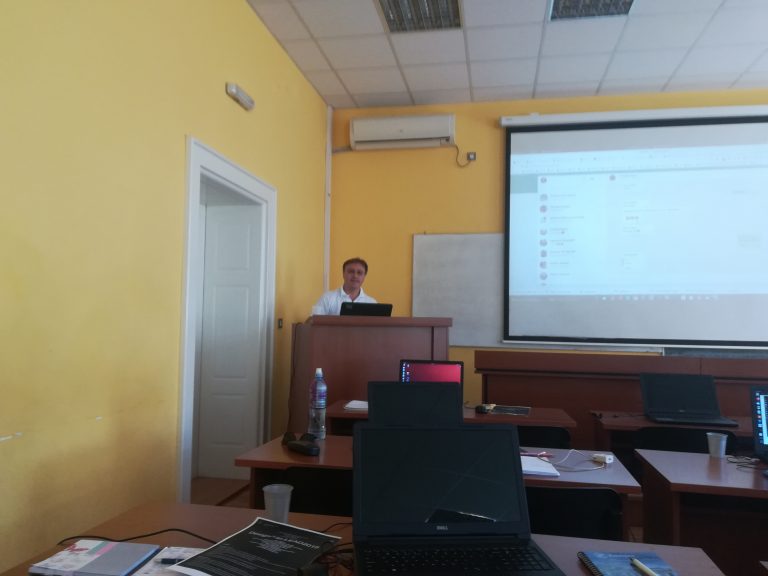Professor Sir Konstantin S. Novoselov is a British-Russian physicist. His main areas of the expertise are condensed matter physics, mesoscopic physics, and nanotechnology. From 2014, he is a Royal Society Research Professor, and from 2013 Langworthy Professor of Physics at The University of Manchester.
I was a PhD student at Pharmacy at the University of Manchester when the Nobel committee announced that two scientists from the University of Manchester were awarded the Nobel Prize in Physics. I was happy and proud of the University. The University of Manchester is a renowned University with a high position on Shanghai list of Universities (33rd this year in the world). Up to now, twenty five Nobel prize laureates have been working/studying at the University of Manchester. Such data are the inspiration for young people hungry for knowledge. Therefore, I intend to introduce people in an accessible way with the work of Prof. Novoselov, who will probably inspire many youngsters interested in science.
Hard and smart work brings him numerous awards. Some of them are Dalton Medal, Carbon Medal from the American Carbon Society, Onsager Medal, Leverhulme Medal, The Kohn Prize Lecture, Europhysics Prize, Technology Review-35 Young Innovator, International Union of Pure and Applied Science-Young Scientist Prize, University of Manchester Researcher of the Year in 2008. The highest scientific award and recognition for his pioneering work is the Nobel Prize in Physics in 2010. His work has been cited more than 120000 times, with h-index equals to 91.
Professor Sir Konstantin S. Novoselov agreed to give answers on questions related to his life and work for the blog of our journal Chemia Naissensis in the phone interview.
- The main reason for this interview is my intention young people to read about the scientist who can be an inspiration for the youngsters. My inspiration in science has been Maria Sklodowska-Curie. Regarding your scientific work, who is your inspiration, and who mainly influenced your scientific work? Was everything going smoothly, or sometimes, particularly at the beginning of your scientific career you experienced difficulties?
I am not sure that you need inspiration, but you always need someone to look at, to teach you on what it takes to make science. At the University they teach us how to study physics, how to study chemistry, but nobody teaches you how to explore science. This is something that is not exactly straightforward. For me the huge help, and a huge inspiration, the person from whom I learnt a lot was my PhD advisor Andre Geim with whom I received the Nobel prize later. I did really learn a lot from him in terms of how to do science.
- You won the Nobel prize in physics together with your colleague Andre Geim for “groundbreaking experiments regarding the two-dimensional material graphene”. Can you tell us more about the beginning of your work connected with graphene? How did it happen? By accident or it was part of your project?
Graphene…The project of graphene started at the sort of Friday evening experiments, the style of work which was introduced by Andre Geim in our lab. The question we asked was how to make transistors out of graphite. We’ve been sure that we will never be able to achieve graphene, but we tried at least to make transistors out of graphite while making thinner and thinner layers of graphite. We never hoped to be able to get to the exact monolayer of graphite, but at least, were trying to get very thin layers of this material. That’s the way how the work started. There were certain difficulties in making it, but once we figured out the scotch tape method – we succeeded. We made our first transistors, and then after about a year work we manage to get graphene.
- You are mostly known for your discovery of graphene, but you also participated in the development of a pioneering technique-ballistic Hall magnetometry? Can you tell us more about it?
So, this was the work that we would be doing prior to graphene. We used ballistic Hall magnetometers, small, micrometer size, structures. It is a very convenient technique to study magnetization of the micrometer size objects. It can be used to study the magnetization of many objects, including superconductors and ferromagnets. It is a very nice technique and we use this technique with graphene to study the magnetization of two-dimensional magnets as well.
(Authorised by Professor Sir Konstantin S. Novoselov)



